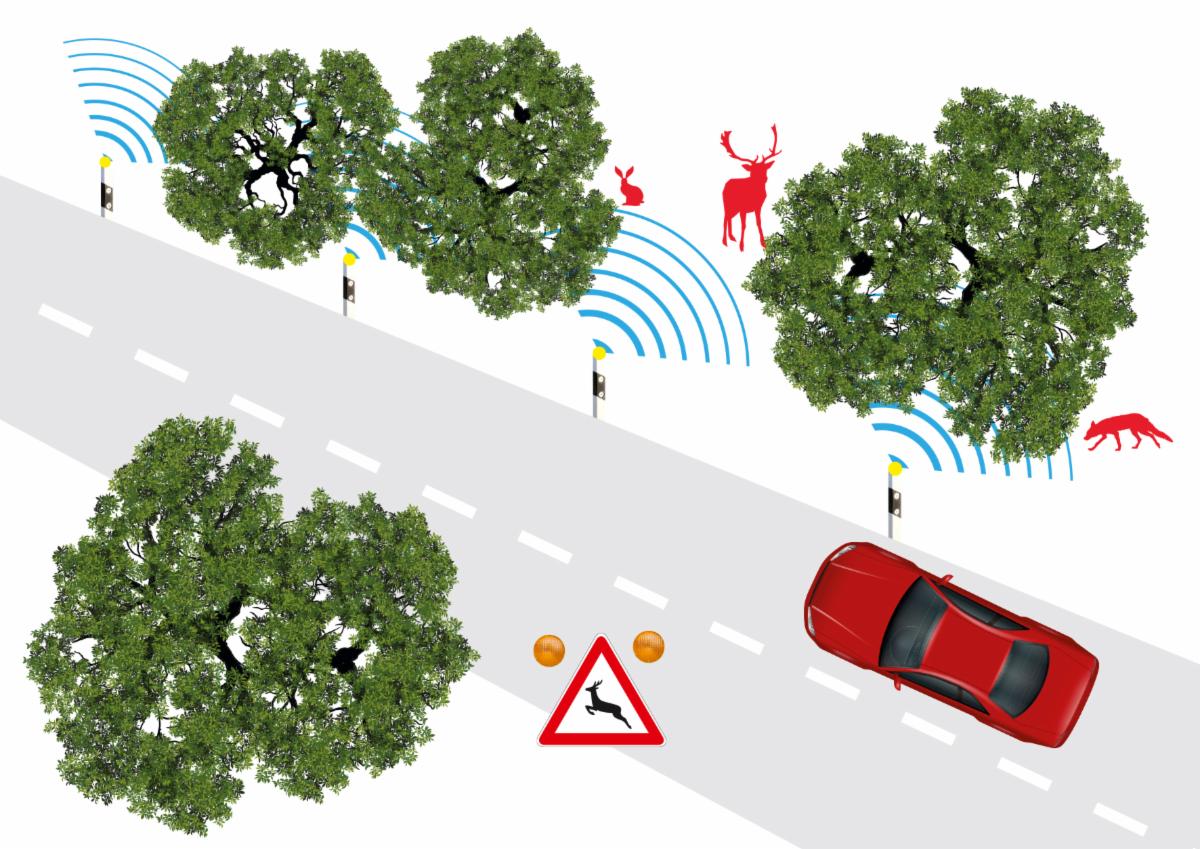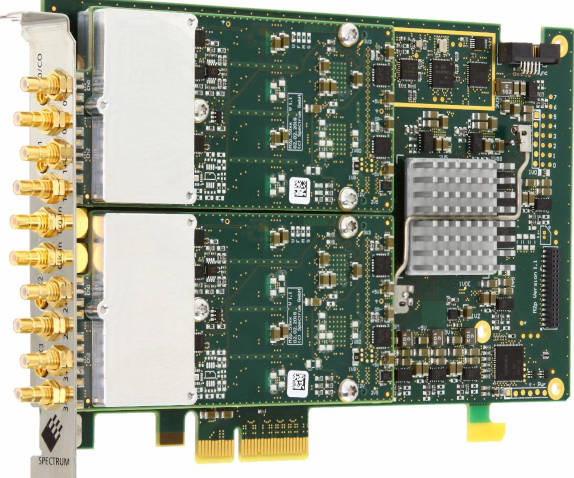Smart road infrastructure warns dumb cars
by Steve BushRoad-side long-range sensors could provide road users in normal vehicles with warnings similar to those available in smart vehicles, according to a research project running in Germany.

The concept involves solar-powered road-side units with a mix of radar, optical cameras and infra-red sensors, feeding neural networks and machine learning designed to differentiate between pedestrians, cars, cyclists, motor bikes, deer, foxes, wild boar and other animals, as well as predict their behaviour.
The system would then send appropriate warnings to car drivers and other road users.
“Car manufacturers are installing driver assistance systems starting with high end models but this will take time to filter down to other models,” according to Professor Hubert Mantz from the Ulm University of Applied Sciences.” Similarly, high end motorcycles are starting to have such functionality but limited installation space will mean that it will be very difficult to achieve anything comparable to a car-based alert system. The aim of our project is to have small installations by the roadside that detect hazards and communicate this to vehicles as they approach. In addition, for road users without in-car warning displays, road lights could be turned on to highlight the area of the hazard and warning notices could be illuminated.”
The artificial intelligence processing is challenging.
“We are using neural networks to develop the machine learning that enables the system to differentiate between, for example, bicyclists, cars or deer. This takes it far beyond pure motion detection,” said Mantz. “We are at the critical part of the project, which is the classification of detected objects, which has never been done before. With this, the system will be able to predict the movements of objects which adds incredibly useful, real-time intelligence to the system enabling it to foresee how a hazardous situation could develop.”
On top of the three movement sensors, pollution and other sensors could be added.
The project envisages wide-scale deployment of self-contained units on roadside posts across Germany – which means that they must be inexpensive – and solar power is essential for rural areas where there is no ready electricity source and lack of street lighting reduces night time visibility.
Ulm is working with Heilbronn University of Applied Sciences and industrial partners on the project, which is called ‘Salus’.

German instrument maker Spectrum bought this project to the attention of Electronics Weekly, as its 10MHz 16bit four (differential) channel 10MHz M2p.5926-x4 PCIe digitiser card is being used in the technology demonstrator to gather data from the micro-Doppler radar.
“It gathers the information to teach the system as it enables us to process all the data we need simultaneously in real time,” said Mantz. “We have found it to be very easy to use, which means we can focus on the project rather than programming it.”